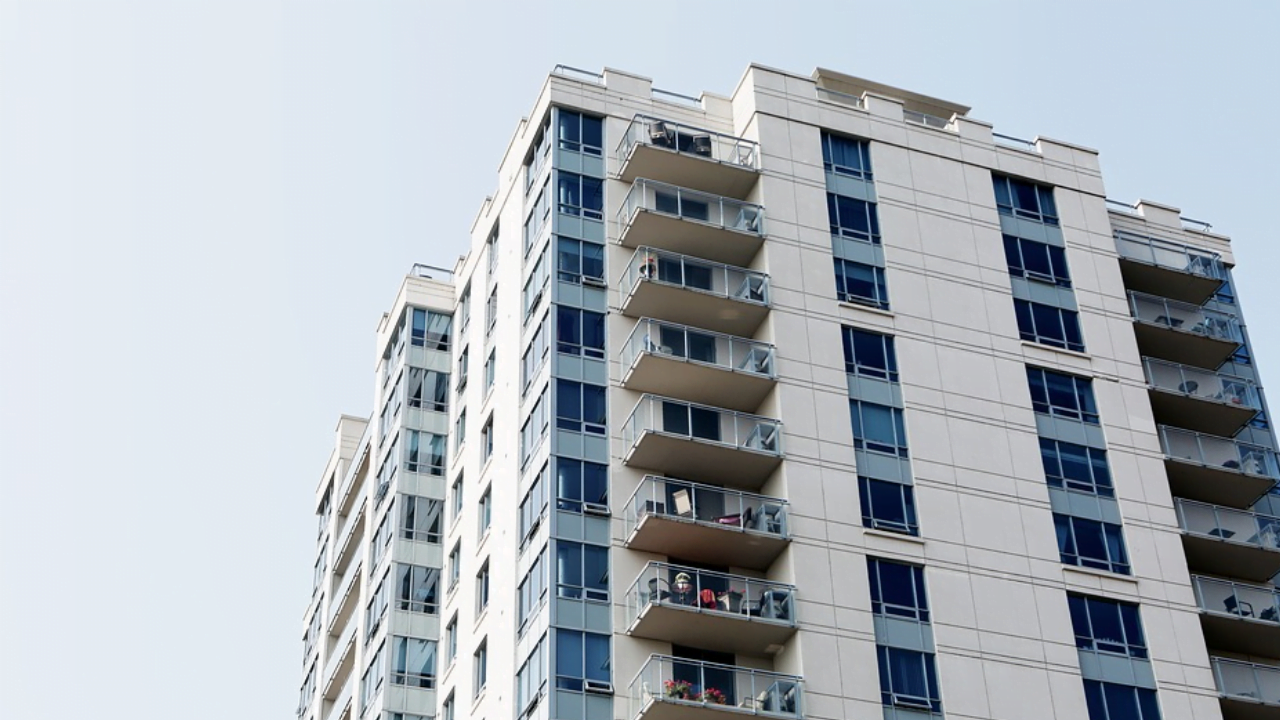On 21 November 2020, the Government published a one page “Supplementary Note” to its January 2020 consolidated “Advice for Building Owners of Multi-storey, Multi-occupied Residential Buildings”, a copy of which can be found here.
The MHCLG explains that the “one page supplementary note is on the purpose and intent behind ‘Building safety advice for building owners, including fire doors’, particularly those parts which covered external wall systems and balconies. It should be taken into consideration alongside the existing advice, dated January 2020.” We have previously considered the contents of the consolidated Advice Note from January 2020, which can be found here.
Admirable for its brevity, the Supplementary Note, unfortunately, runs the risk of muddying some very perilous waters that the owners of buildings with defective external wall systems are seeking to navigate.
The note begins by recognising the intention of all building owners (or those responsible) to ensure their buildings are safe and have obligations in that regard, and that the focus of the note is on the advice around external wall systems and balconies, with the aim being to ensure adequate levels of life safety for people in or around buildings. Like the consolidated Advice Note, it does not replace or supersede Statutory or Regulatory guidance, or apply any current legislation retrospectively. It also notes, unsurprisingly, that the consolidated Advice Note has no application if the building met the functional requirements of the relevant Building Regulations in force at the time of construction, highlighting B4 (external fire spread) as an area of particular attention – although it should be noted that when assessing the compliance and safety of the external wall system, B3 (internal fire spread) is a vital consideration.
However, whilst the consolidated Advice Note only mentioned “judgement” in the context of assessing Requirement B4 (external fire spread), the Supplementary Note appears to go further, suggesting:
“The [consolidated Advice Note] allows for professional judgement to be made regarding the safety of a building’s external wall system. If some combustible materials have been used, replacement may not necessarily be required. This will depend on risks and mitigations present. That should be for professional judgement on a building-by-building basis, taking into account the guidance in the advice note, other relevant guidance, and recent experience from fires both in the UK and overseas.
Professionals assessing external wall systems of buildings should consider the height, use, and positioning of the building – as well as the design and fire protection strategy – when making their assessment, to ensure adequate levels of life safety are achieved”.
On its face, this seems to allow an owner of a non-compliant building (where compliance could not be demonstrated by the linear route, a fire-engineering solution or via a large scale test) to avoid having to remediate the building if a suitable professional (i.e. a Fire Engineer) concludes, having weighed up the issues quoted above, that an adequate level of life safety is none the less achieved. A process that seems to sit outside any of the current or previous “routes to compliance” (linear route, fire engineering solution, large scale fire test or desktop study/assessment in lieu of test).
This may reduce the burden on building owners, although many may be left with a defective building, that was not quite dangerous enough (at the time) to warrant remediation. How this will sit with residents, owners, and lenders, particularly if assessments of risk change (as they have in respect of HPL), remains to be seen. This process might be interpreted as dovetailing into the recent apparent narrowing of the scope of EWS1 Forms, discussed here, although it will be interesting to see how it sits with the future obligations in respect of preparing Building Safety Cases. It might also reflect a desire within the Government to narrow the general scope of remedial works required for defective external wall systems, a significant proportion of which might otherwise fall on the Treasury, one way or another.
What neither the Supplementary Note, nor the consolidated Advice Note, changes is the right of building owners, who contracted for a building that was compliant with Building Regulations applicable at the time of construction, to insist that they receive what they bargained for. The fact that the guidance does not necessarily require a defective building to be remediated in some circumstances does not preclude building owners from enforcing their contractual rights.
For more information, please contact Michael Wharfe, Partner, or Rachel Jones, Solicitor, in our Construction team.
